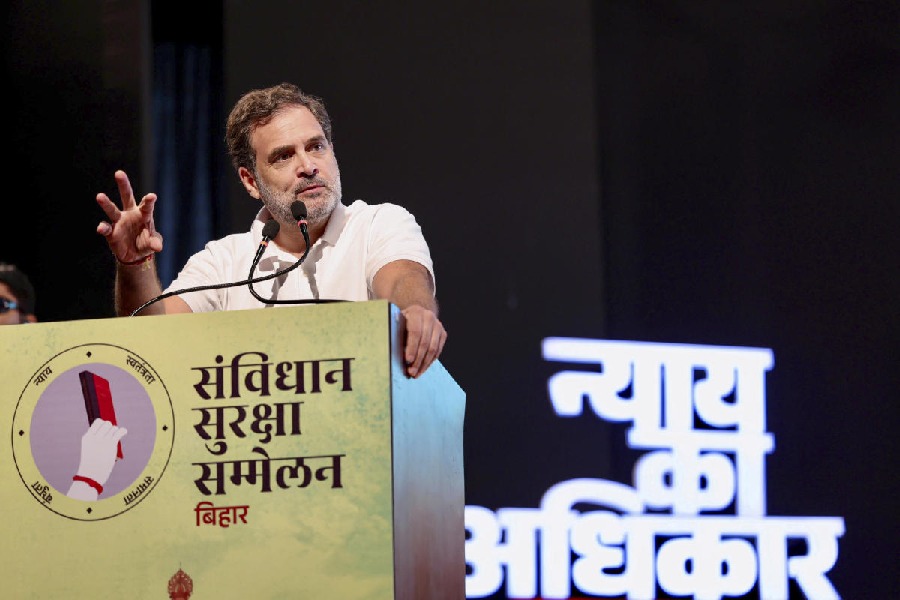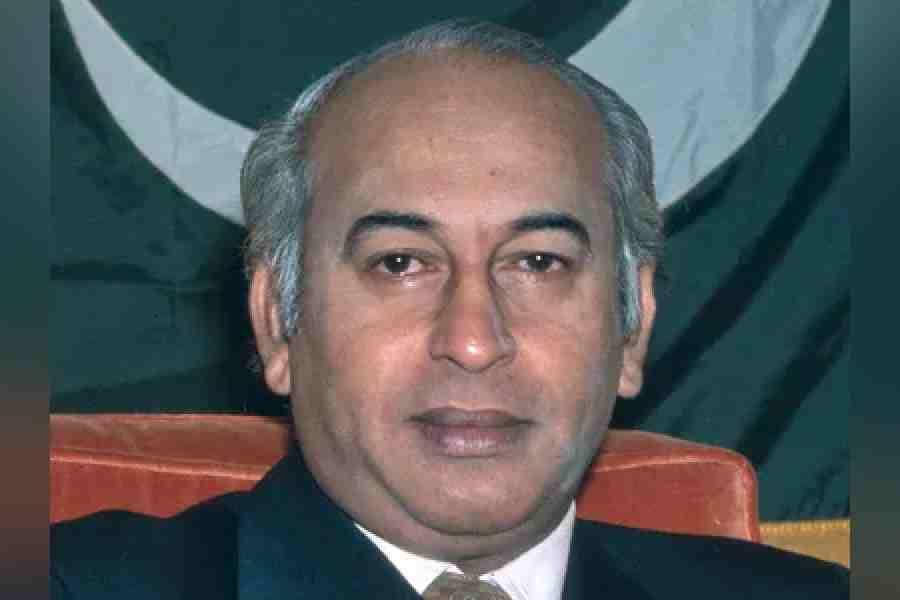 |
 |
New Delhi, March 9: The missile-destroying interceptor India has tested is better than a US-made ballistic missile defence system whose capabilities have been presented by the Pentagon to India’s defence establishment, a senior Indian defence scientist said today.
The Defence Research and Development Organisation had successfully carried out its third test of a ground-based radar and control system and an interceptor to seek and destroy an incoming missile on March 6.
“This is a strategic system that needs to be developed in India.… It can’t be bought or borrowed. A (foreign-made) ballistic missile defence system (originally) developed for a threat profile different from India’s may not be suitable,” said V.K. Saraswat, director of the Prithvi Air Defence, the indigenous interceptor. “We need a system tailored to meet our own threat profile.”
Senior representatives of the Indian armed forces and the defence ministry have attended live demonstrations of the US-made Patriot Advanced Capability-III ballistic missile defence system at least twice — enough to indicate that India was seriously considering its acquisition and that the maker of the system, Raytheon Corporation, was just as serious about selling it to India. India is also examining Russian and Israeli ballistic missile defence systems.
“We do not want to talk about competition,” Saraswat said. “As far as we are concerned, we have been tasked to do a job, and that is what we are doing.”
Saraswat claimed India’s ballistic missile defence system was better than the US-made PAC-III. “The PAC-III is an outdated system. Our system is at least 25 per cent to 30 per cent superior to the PAC-III in range and capability. The PAC-III has only a 15km range,” Saraswat said.
Saraswat, who heads the DRDO missile development programme, said India would be able to complete tests of the ballistic missile defence system by 2010, but added that the speed of deployment was “not in our hands”.
A home-grown ballistic missile defence system could be cheaper than an imported one, but years of delay may increase lifecycle costs. However, its development could help the government drive a bargain with foreign makers and push costs of imports down. The Indian system would need up to five more tests, some of which would be outside the atmosphere and some within the atmosphere, and eventually lead to a defence system that would outclass any US, Russian or Israeli system of 200km range, Saraswat claimed.
Saraswat and director of missiles Sudhir Mishra showed a video clip of the March 6 interceptor missile test from Dhamra island near the Orissa coast. The interceptor destroyed a Dhanush — an “aggressor” missile launched from a naval ship.
The interceptor, launched within 120 seconds after a ground-based radar detected the incoming missile, homed in on the target and destroyed it through an explosion when it was within nine metres of it.
In a real-time scenario, salvos of interceptors would be launched against an attacking missile instead of just one.










